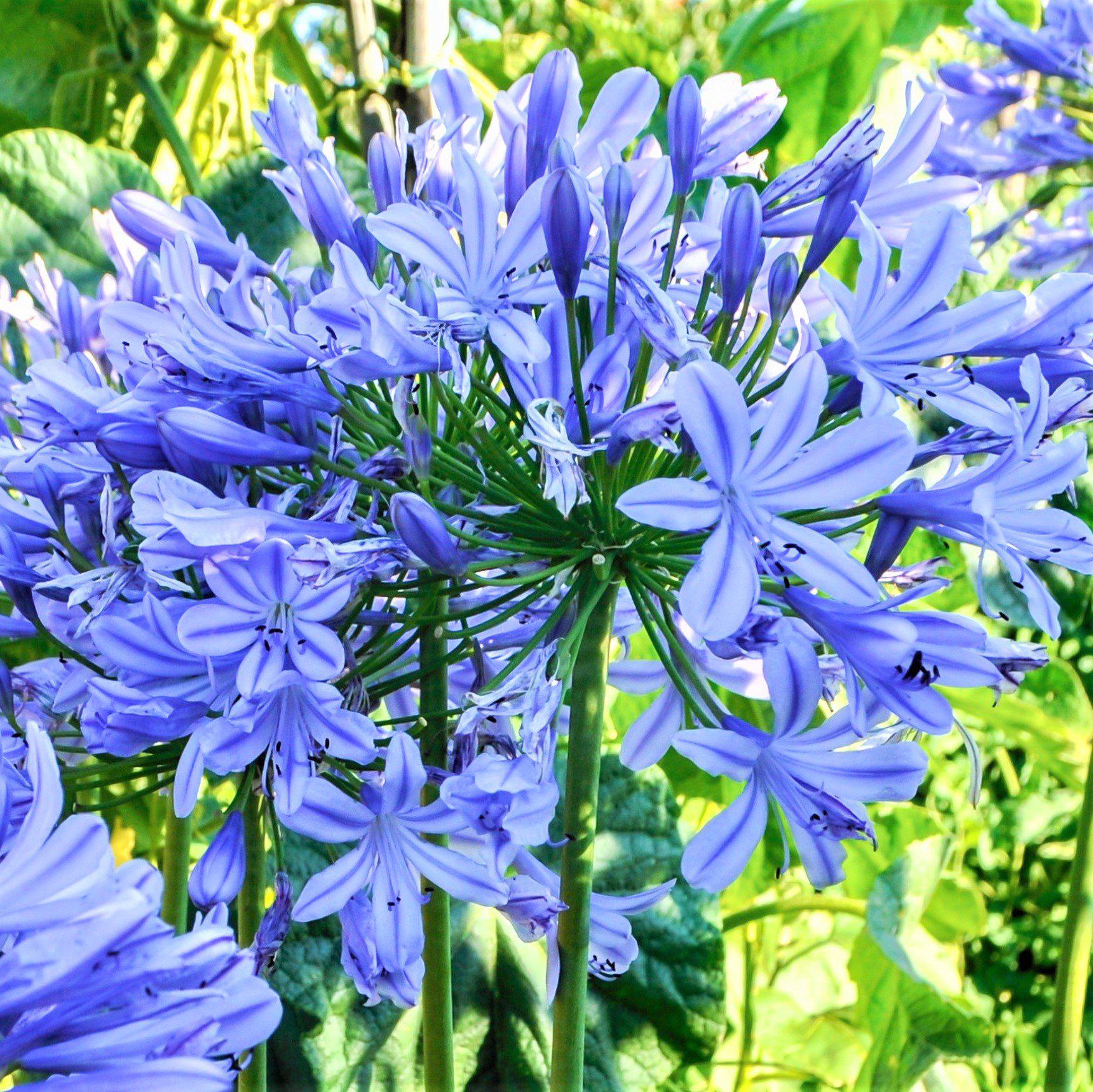Agapanthus Varieties: Selecting the very best for Your Landscape
Agapanthus Varieties: Selecting the very best for Your Landscape
Blog Article
Grasping the Art of Agapanthus Care: Vital Steps for Healthy And Balanced Development and Lively Blooms
In the realm of gardening, the farming of agapanthus stands as a satisfying undertaking for those that seek to support these elegant flowering plants. With their striking blossoms and stylish foliage, agapanthus has captured the focus of garden enthusiasts worldwide. Nonetheless, achieving optimum development and lively blossoms needs a nuanced technique that encompasses numerous essential steps. From choosing the right variety to mastering pruning methods, the journey towards growing growing agapanthus plants is complex and holds the key to opening the complete possibility of these agricultural gems.

Selecting the Right Agapanthus Range

When picking the ideal Agapanthus range for your garden, consider elements such as climate viability, bloom shade, and development behavior. Agapanthus, typically called Lily of the Nile or African lily, is available in a variety of colors ranging from tones of blue and purple to white. Choose a flower color that enhances your existing garden scheme to create an unified landscape. Furthermore, take into consideration the climate in your area to make sure the Agapanthus selection you choose can prosper in your specific problems. Some selections are more forgiving of cool temperature levels, while others like warmer climates. Recognizing the growth routine of different Agapanthus selections is essential for proper positioning within your yard. Some ranges have a clumping development routine, perfect for borders or containers, while others have an even more dispersing nature, appropriate for ground cover or mass growings. By thoroughly examining these aspects, you can select the perfect Agapanthus variety to improve the elegance of your yard.
Ideal Planting Problems
Thinking about the ideal environmental demands is essential for effective Agapanthus cultivation. Agapanthus plants are sensitive to cold temperature levels and should be shielded from frost during wintertime months.
To ensure healthy development and dynamic flowers, plant Agapanthus light bulbs at a depth of concerning 2-4 inches and room them 8-12 inches apart. Adding raw material, such as garden compost, to the dirt can improve drain and fertility, advertising durable root development. Mulching around the base of the plants aids retain dampness and subdues weed growth. Routine watering is important, particularly during the expanding period, to maintain the dirt continually wet yet not saturated.
Watering and Feeding Tips
Maintaining proper i loved this moisture levels and providing essential nutrients are essential aspects in the treatment regimen for Agapanthus plants. When it comes to watering Agapanthus, it is essential to strike a balance. These plants prefer continually damp soil however are prone to root rot if overwatered.
Fertilizing Agapanthus is important for advertising healthy growth and prolific flowers. Apply a balanced plant food, such as a 10-10-10 formula, in the early spring as brand-new growth emerges. By adhering to these watering and fertilizing ideas, you can guarantee your Agapanthus plants thrive and create vibrant, resilient flowers.
Pruning Strategies for Agapanthus
Trimming Agapanthus plants at the ideal times and with correct techniques is critical for preserving their wellness and promoting ideal development and flowering. The perfect time to trim Agapanthus is in late winter season or early spring before new development arises. Start by removing any type of yellowing or dead fallen leaves near the base of the plant. Cut them as short as feasible without harming the emerging shoots.
Deadheading spent flowers can likewise reroute the plant's power into generating even more flowers instead than setting seeds. If you desire to collect seeds for breeding, leave some flowers to fully grown and completely dry on the plant.
Remember to make use of click resources tidy, sharp devices to make accurate cuts and minimize the danger of presenting diseases. Agapanthus. Normal pruning will certainly aid keep your Agapanthus looking cool and healthy while guaranteeing an abundant display of lovely flowers
Taking Care Of Usual Insects and Diseases
After guaranteeing appropriate trimming methods for Agapanthus, it is necessary to resolve typical bugs and illness that can impact the health and vitality of these plants. One usual insect that influences Agapanthus is the Agapanthus gall midge.
In addition, Agapanthus plants can experience from root wikipedia reference rot if they are planted in poorly draining dirt. By being alert and taking punctual activity against conditions and insects, you can help your Agapanthus plants prosper and create vibrant blooms. Agapanthus.

Conclusion
To conclude, understanding the art of agapanthus treatment includes picking the right range, providing optimal planting problems, appropriate watering and fertilizing, appropriate trimming strategies, and resolving common parasites and illness. By complying with these essential actions, you can make sure healthy and balanced growth and lively blooms for your agapanthus plants. Keep in mind to frequently keep track of and keep your plants to promote their overall wellness and durability.
To ensure healthy development and dynamic flowers, plant Agapanthus bulbs at a depth of regarding 2-4 inches and room them 8-12 inches apart. By complying with these watering and feeding pointers, you can guarantee your Agapanthus plants prosper and produce vivid, durable flowers.
One common parasite that influences Agapanthus is the Agapanthus gall midge. In addition, Agapanthus plants can experience from origin rot if they are grown in improperly draining pipes soil. By complying with these vital actions, you can make sure healthy development and vivid blooms for your agapanthus plants.
Report this page